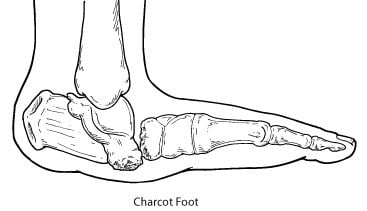Contact Us
Our Locations
Find us on the map
Hours of Operation
Our Regular Schedule
Woodbridge Office
Monday:
8:30 am-5:00 pm
Tuesday:
7:30 am-5:00 pm
Wednesday:
8:30 am-5:00 pm
Thursday:
8:30 am-5:00 pm
Friday:
8:00 am-2:00 pm
Saturday:
Select Saturdays 8:30 am - 12:30 pm
Sunday:
Closed
Chantilly Office
Monday:
8:30 am-5:00 pm
Tuesday:
7:30 am-3:30 pm
Wednesday:
8:30 am-5:00 pm
Thursday:
9:30 am-6:00 pm
Friday:
8:30 am-1:00 pm
Saturday:
Select Saturdays 8:30 am - 12:30 pm
Sunday:
Closed
Sterling Office
Monday:
8:30 am-5:00 pm
Tuesday:
8:30 am-5:00 pm
Wednesday:
8:30 am-5:00 pm
Thursday:
8:30 am-3:00 pm
Friday:
8:00 am-2:00 pm
Saturday:
Closed
Sunday:
Closed
White Plains Office
Monday:
8:30 am-4:30 pm
Tuesday:
8:30 am-4:30 pm
Wednesday:
8:30 am-4:30 pm
Thursday:
8:30 am-4:30 pm
Friday:
8:30 am-3:00 pm
Saturday:
Closed
Sunday:
Closed
Crofton Office
Monday:
8:30 am-5:00 pm
Tuesday:
8:30 am-5:00 pm
Wednesday:
8:30 am-5:00 pm
Thursday:
7:30 am-3:30 pm
Friday:
9:00 am-12:00 pm
Saturday:
Closed
Sunday:
Closed
Annapolis Office
Monday:
8:00 am-4:30 pm
Tuesday:
8:00 am-4:30 pm
Wednesday:
8:00 am-4:30 pm
Thursday:
8:00 am-12:00 pm
Friday:
8:00 am-4:30 pm
Saturday:
Closed
Sunday:
Closed


